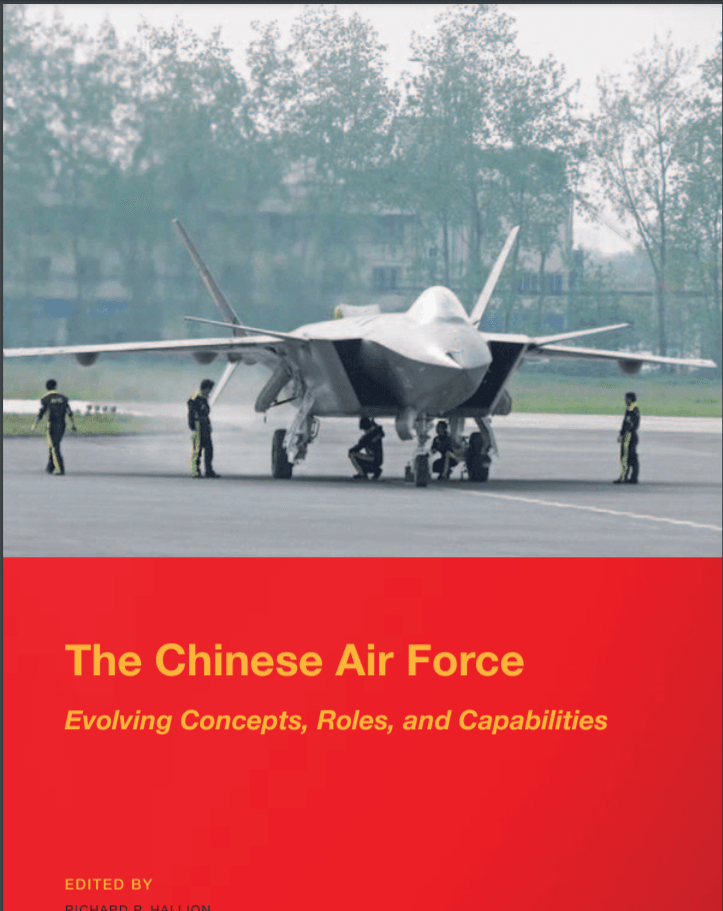
The Chinese Air Force: Evolving Concepts, Roles, and Capabilities (2012)
$2.90
Description
The Chinese Air Force: A Comprehensive Overview
March 1, 2000:
- The Center for the Study of Chinese Military Affairs (CSCMA), also known as the China Center, is established as an integral part of the National Defense University’s Institute for National Strategic Studies. Its establishment is pursuant to Section 914 of the 2000 National Defense Authorization Act.
Late October 2010:
- A conference is held in Taipei, gathering a distinguished international group of experts on airpower, military affairs, and the PRC-Taiwan relationship.
- The conference’s purpose is to examine the present state and future prospects of the People’s Liberation Army Air Force (PLAAF) in China.
- The conference is co-sponsored by the Chinese Council of Advanced Policy Studies (CAPS), the Carnegie Endowment for International Peace (CEIP), the U.S. National Defense University (NDU), and the RAND Corporation.
2012:
- The publication “The Chinese Air Force: Evolving Concepts, Roles, and Capabilities” is released. This book is a compilation of edited papers presented at the late October 2010 conference, along with comments and additions from distinguished attendees.
- The book is produced by the Center for the Study of Chinese Military Affairs (CSCMA).
- The book is structured into four broad themes reflecting the conference topics: concepts; PLAAF organization, leadership, and doctrine; PLAAF equipment, personnel, education, and training; and industry and military implications.
Cast of Characters
Editors of “The Chinese Air Force: Evolving Concepts, Roles, and Capabilities” (2012):
- Richard P. Hallion: One of the editors of the book. He also wrote the “Introduction” to the publication.
- Roger Cliff: One of the editors of the book. He authored Chapter 6, “The Development of the PLAAF’s Doctrine.”
- Phillip C. Saunders: One of the editors of the book. He co-authored Chapter 12, “China’s Quest for Advanced Aviation Technologies,” with Joshua K. Wiseman.
Contributors to “The Chinese Air Force: Evolving Concepts, Roles, and Capabilities” (2012):
- David A. Deptula: Wrote the “Foreword” for the publication.
- Forrest E. Morgan: Authored Chapter 1, “The Concept of Airpower: Its Emergence, Evolution, and Future.”
- Mark A. Stokes: Authored Chapter 2, “China’s Quest for Joint Aerospace Power: Concepts and Future Aspirations.”
- Xiaoming Zhang: Authored Chapter 3, “The PLAAF’s Evolving Influence within the PLA and upon National Policy.”
- Kenneth W. Allen: Authored Chapter 4, “The Organizational Structure of the PLAAF.”
- Murray Scot Tanner: Authored Chapter 5, “The Missions of the People’s Liberation Army Air Force.”
- Kevin Pollpeter: Authored Chapter 7, “The PLAAF and the Integration of Air and Space Power.”
- David Shlapak: Authored Chapter 8, “Equipping the PLAAF: The Long March to Modernity.”
- You Ji: Authored Chapter 9, “Meeting the Challenge of the Upcoming PLAAF Leadership Reshuffle.”
- Kevin Lanzit: Authored Chapter 10, “Education and Training in the PLAAF.”
- Shen Pin-Luen: Authored Chapter 11, “China’s Aviation Industry: Past, Present, and Future.”
- Joshua K. Wiseman: Co-authored Chapter 12, “China’s Quest for Advanced Aviation Technologies,” with Phillip C. Saunders.
- Hsi-hua Cheng: Authored Chapter 13, “The Employment of Airpower in the Taiwan Strait.”
- David Frelinger: Co-authored Chapter 14, “The U.S.-China Military Balance Seen in a Three-Game Framework,” with Jessica Hart.
- Jessica Hart: Co-authored Chapter 14, “The U.S.-China Military Balance Seen in a Three-Game Framework,” with David Frelinger.
The Chinese Air Force: Evolving Concepts, Roles, and Capabilities
ISBN: 9780160915697
This publication would be useful to the military’s analysis community, civilian leaders, military commanders and staff officers at all levels, policymakers, members of government and defense agencies/contractors, and members of military-focused committees and U.S.-China relations committees. This publication would also be useful to historians and students engaged with historical/political/military studies (especially concerning China and the U.S.).
Produced by the Center for the Study of Chinese Military Affairs (CSCMA)
The Center for the Study of Chinese Military Affairs (China Center) was
established as an integral part of the National Defense University’s
Institute for National Strategic Studies on March 1, 2000, pursuant to
Section 914 of the 2000 National Defense Authorization Act. The China
Center’s mission is to serve as a national focal point and resource center
for multidisciplinary research and analytic exchanges on the national goals
and strategic posture of the People’s Republic of China and to focus on
China’s ability to develop, field, and deploy an effective military instrument
in support of its national strategic objectives.
In late October 2010, a distinguished international group of experts on airpower, military affairs, and the PRC-Taiwan relationship gathered at a conference in Taipei to examine the present state and future prospects of the People’s Liberation Army Air Force (PLAAF) in China. The conference was co-sponsored by the Chinese Council of Advanced Policy Studies (CAPS), the Carnegie Endowment for International Peace (CEIP), the U.S. National Defense University (NDU), and the RAND Corporation.
This publication is a compilation of the edited papers presented there on Chinese airpower, the PLAAF, and the implications for Taiwan, together with comments and additions by distinguished attendees culled by the editors: Richard P. Hallion, Roger Cliff, and Phillip C. Saunders.
The four-part structure of this book reflects the four broad themes covered at the conference:
concepts;
PLAAF organization, leadership, and doctrine;
PLAAF equipment, personnel, education, and training;
and industry and military implications.
Taken as a whole, the chapters of this volume provide a comprehensive picture of China’s progress in building a modern air force.
Table of Contents:
Foreword. . . . . . . . . . . . . . . . . . . . . . . . . . . . . . . . . . . . . . . . . . . . . xi
David A. Deptula
Acknowledgments. . . . . . . . . . . . . . . . . . . . . . . . . . . . . . . . . . . . xiii
Introduction. . . . . . . . . . . . . . . . . . . . . . . . . . . . . . . . . . . . . . . . xvii
Richard P. Hallion
I: Concepts
Chapter 1
The Concept of Airpower: Its Emergence, Evolution, and Future. . . . . . . . . .1
Forrest E. Morgan
Chapter 2
China’s Quest for Joint Aerospace Power: Concepts and Future Aspirations. . . . . 33
Mark A. Stokes
Chapter 3
The PLAAF’s Evolving Influence within the PLA and upon National Policy. . . . . . .71
Xiaoming Zhang
II: Organization , Leadership, and Doctrine
Chapter 4
The Organizational Structure of the PLAAF. . . . . . . . . . . . . . . 95
Kenneth W. Allen
Chapter 5
The Missions of the People’s Liberation Army Air Force. . . . 133
Murray Scot Tanner
Chapter 6
The Development of the PLAAF’s Doctrine. . . . . . . . . . . . . . . 149
Roger Cliff
Chapter 7
The PLAAF and the Integration of Air and Space Power. . . . 165
Kevin Pollpeter
III: Equipment, Personnel, and Education / Training
Chapter 8
Equipping the PLAAF: The Long March to Modernity. . . . . 191
David Shlapak
Chapter 9
Meeting the Challenge of the Upcoming PLAAF Leadership Reshuffle. . . . . 213
You Ji
Chapter 10
Education and Training in the PLAAF. . . . . . . . . . . . . . . . . . . 235
Kevin Lanzit
IV: Industries and Military Implications
Chapter 11
China’s Aviation Industry: Past, Present, and Future . . . . . . . 257
Shen Pin-Luen
Chapter 12
China’s Quest for Advanced Aviation Technologies. . . . . . . . 271
Phillip C. Saunders and Joshua K. Wiseman
Chapter 13
The Employment of Airpower in the Taiwan Strait. . . . . . . . . 325
Hsi-hua Cheng
Chapter 14
The U.S.-China Military Balance Seen in a Three-Game Framework . . . . . . . . . 347
David Frelinger and Jessica Hart
About the Contributors. . . . . . . . . . . . . . . . . . . . . . . . . . . . . . . . 371
Index . . . . . . . . . . . . . . . . . . . . . . . . . . . . . . . . . . . . . . . . . . . . . . . 377
Related products
-
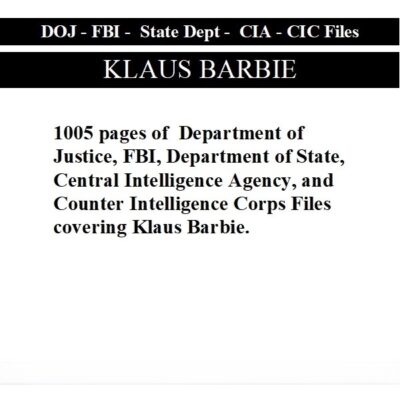
Klaus Barbie: Department of Justice – FBI – Counter Intelligence Corps Files
$19.50 Add to Cart -
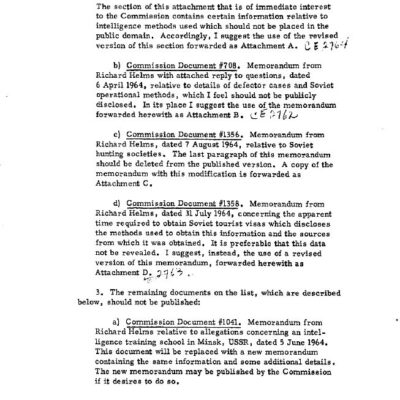
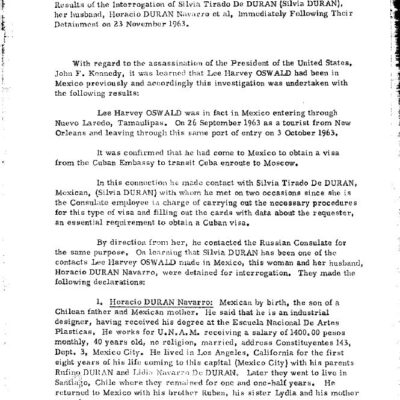
John F. Kennedy Assassination: CIA Reports
$19.50 Add to Cart -
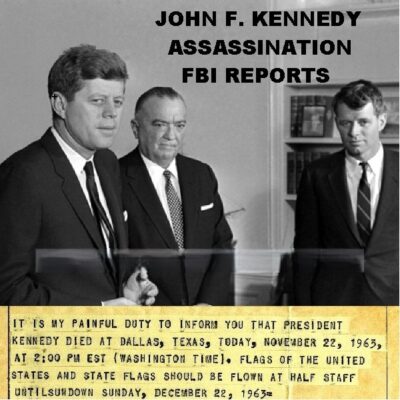
John F. Kennedy Assassination FBI Reports
$19.50 Add to Cart -
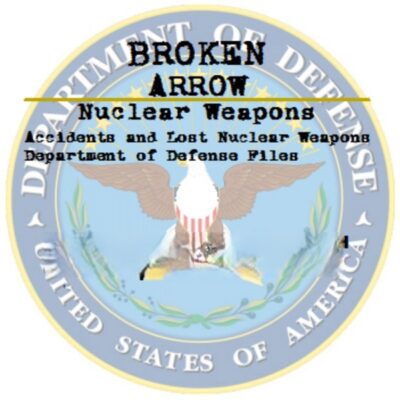
Accidents and Lost Nuclear Weapons Department of Defense Files
$19.50 Add to Cart